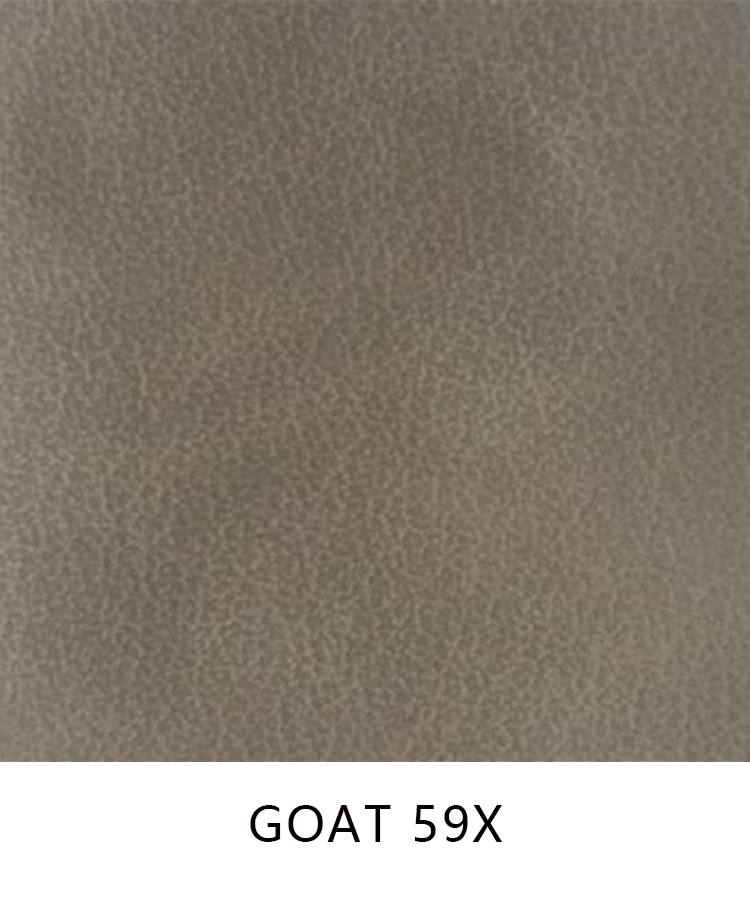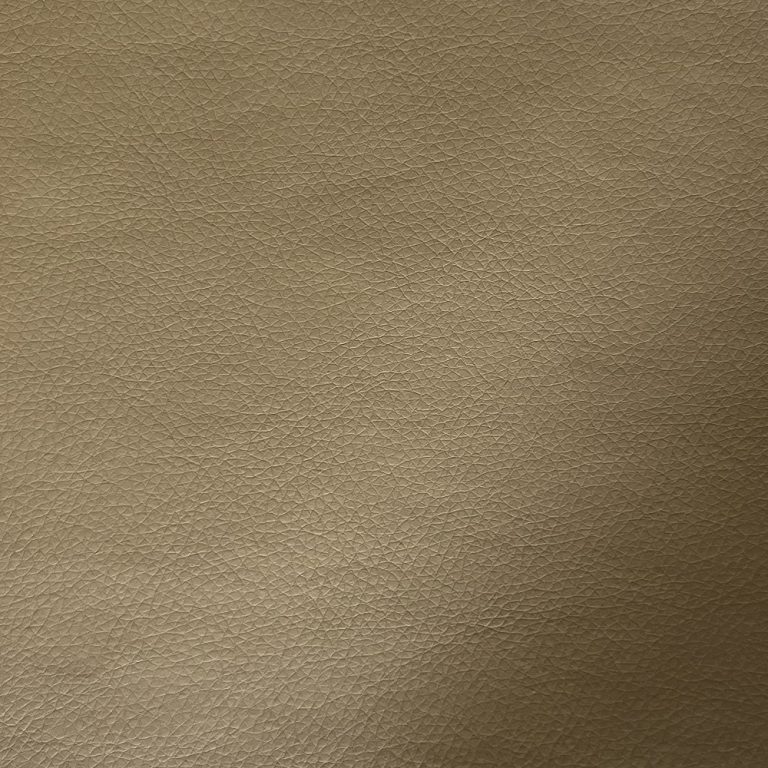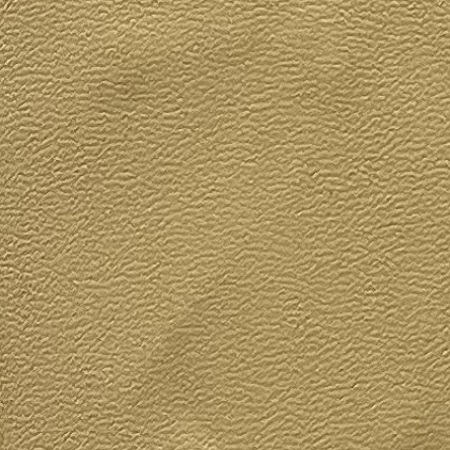Inhoudsopgave
Benefits of Leather Lining in Shoe Construction
Leather lining is a crucial component in the construction of high-quality shoes. It serves several important functions that contribute to the overall comfort, durability, and appearance of the footwear. In this article, we will explore the benefits of using leather lining in shoe construction and why it is preferred by many shoe manufacturers and consumers.
| Model | Product Name |
| S | Shoe lining material |
One of the primary benefits of leather lining is its ability to provide a comfortable and breathable environment for the feet. Leather is a natural material that is soft, supple, and flexible, making it ideal for lining the inside of shoes. When worn, leather lining conforms to the shape of the foot, providing a custom fit that enhances comfort and reduces the risk of blisters and irritation. Additionally, leather is a breathable material that allows air to circulate around the foot, helping to regulate temperature and prevent excessive sweating.
Another advantage of leather lining is its durability and longevity. Leather is a strong and resilient material that can withstand the rigors of daily wear and tear. Unlike synthetic materials, leather lining does not easily tear, fray, or deteriorate over time. This means that shoes with leather lining are more likely to maintain their shape and structure, even after extended use. Additionally, leather lining is easy to clean and maintain, making it a practical choice for those who want their shoes to look good for years to come.
In addition to its comfort and durability, leather lining also adds a touch of luxury and sophistication to shoes. Leather is a premium material that exudes quality and craftsmanship, giving shoes a polished and refined appearance. Whether used in casual sneakers, dress shoes, or boots, leather lining adds a touch of elegance that sets high-quality footwear apart from the rest. For many consumers, the presence of leather lining is a sign of superior craftsmanship and attention to detail, making it a desirable feature in their footwear.
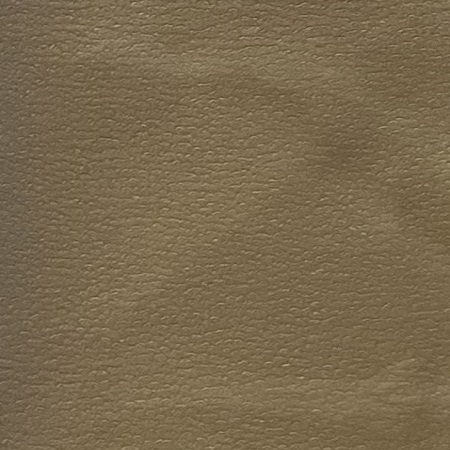
Furthermore, leather lining is versatile and can be customized to suit different styles and preferences. Leather comes in a variety of colors, textures, and finishes, allowing shoe manufacturers to create unique and distinctive designs. Whether it’s a smooth, polished leather lining for a formal shoe or a suede leather lining for a more casual look, the possibilities are endless. This versatility makes leather lining a popular choice among designers and consumers who want shoes that are both stylish and functional.
In conclusion, leather lining offers a multitude of benefits that make it an essential component in shoe construction. From its comfort and breathability to its durability and luxury appeal, leather lining enhances the overall quality and performance of footwear. Whether you’re looking for a pair of shoes that will keep your feet comfortable all day long or a stylish accessory that will elevate your outfit, leather lining is a feature worth considering. So the next time you’re shopping for shoes, be sure to check for leather lining and experience the difference it can make.
How to Care for Leather Lining in Shoes
Leather lining is a common feature in many high-quality shoes, providing comfort, durability, and a luxurious feel. However, leather lining requires proper care to maintain its appearance and functionality over time. In this article, we will discuss how to care for leather lining in shoes to ensure they remain in top condition for years to come.
One of the most important aspects of caring for leather lining is to keep it clean. Dirt, sweat, and oils from your feet can accumulate on the lining over time, leading to discoloration and deterioration. To prevent this, it is essential to regularly clean the lining with a soft cloth or brush. You can also use a mild leather cleaner to remove any stubborn stains or dirt buildup. Be sure to follow the manufacturer’s instructions when using any cleaning products to avoid damaging the leather.
In addition to regular cleaning, it is important to condition the leather lining to keep it soft and supple. Leather is a natural material that can dry out and become stiff over time, especially if exposed to harsh conditions or frequent wear. To prevent this, apply a leather conditioner to the lining periodically to keep it moisturized and prevent cracking. Be sure to choose a conditioner specifically designed for leather shoes to ensure the best results.
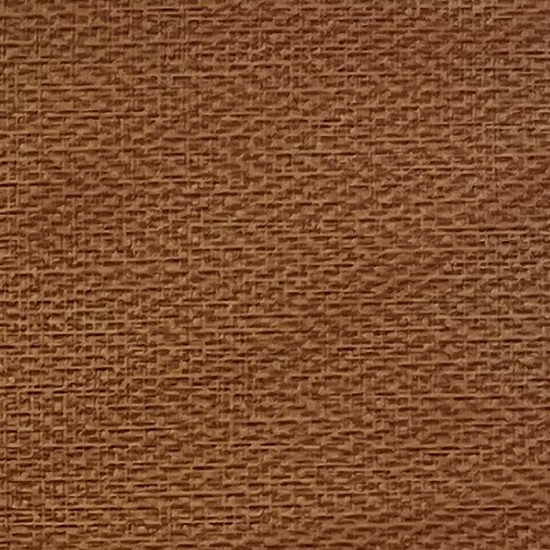
Another important aspect of caring for leather lining is to protect it from moisture. Leather is susceptible to damage from water and humidity, which can cause it to warp, mold, or mildew. To prevent this, avoid wearing your leather-lined shoes in wet or damp conditions, and store them in a cool, dry place when not in use. If your shoes do get wet, stuff them with newspaper and allow them to air dry naturally to prevent damage to the lining.
In addition to cleaning, conditioning, and protecting leather lining, it is also important to store your shoes properly to prevent damage. Avoid storing your shoes in direct sunlight or near heat sources, as this can cause the leather to fade or crack. Instead, store your shoes in a cool, dry place with good air circulation to prevent moisture buildup and mold growth. You can also use shoe trees or stuffing to help maintain the shape of the shoes and prevent creasing in the lining.
Overall, caring for leather lining in shoes requires regular maintenance and attention to detail. By keeping the lining clean, conditioned, protected, and properly stored, you can extend the life of your shoes and enjoy them for years to come. Remember to follow the manufacturer’s care instructions and use high-quality cleaning and conditioning products to ensure the best results. With proper care, your leather-lined shoes will continue to look and feel great for many wears to come.



